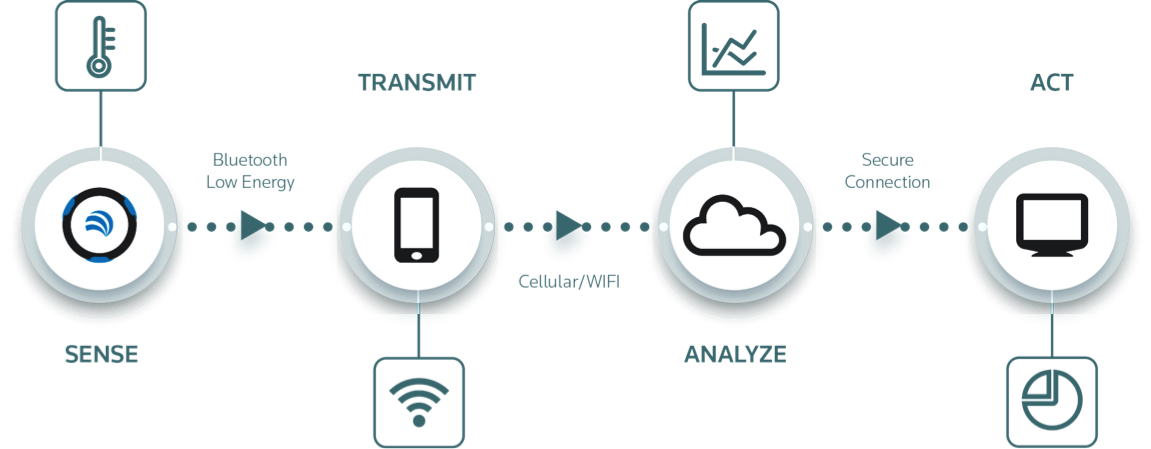Abstract
sensor代写 The lab focuses on the concepts of sampling rates and frequencies.The results on how sensor works and was collected and recorded.
The lab focuses on the concepts of sampling rates and frequencies. The two concepts were investigated using data acquisition, piezo sensor and a tuning fork. The results on how sensor works and was collected and recorded. The data also used to demonstrate how sampling rate impacts the data.
Introduction sensor代写
Through this research, skills such as the use of National Instruments DAQ card and connector block interfaces with the DAQ Toolbox of Matlab for data acquisition are imparted. The researcher will also be familiar with the role and importance of amplifier. At the end of the lab, the researcher understands how measured data is affected by the sample rate.
Background sensor代写
1.Discuss the role of the signal conditioning device
It is used before data acquisition to modify signals for a particular task. An amplifier is a good example of signal device. It is used to amplify a signal to make it detectable by other devices.
2.What are a piezoelectric accelerometer and its work? sensor代写
It is a device with a piezoelectric effect on the material. The device is used to measure changes in the sensor. The vibration from the acceleration of the device creates a force that a sensor detects. It then triggers piezoelectric material to build up a charge that is sent to the data acquisition device.
Procedure sensor代写
The first step was to set up a DAQ session and connect sensors. The lab had three main exercises.
Exercise 1 sensor代写
A Matlab code for taking data from the sensor was created. The code takes data for 4 seconds with a sampling rate of 2000Hz and input range of (-5, +5) V. The code was tested in various conditions including:
1.Under the ambient noise
2.Blow air to the sensor
3.Move the sensor at the transference axis
4.Move the sensor at the axis of symmetry
5.Converting the measurement into gravity
These tests are shown in Figures 1 to 5.

Exercise 2
Setting the tuning fork
1.The sensor was stuck using wax on tuning fork box
2.Sampling rates of 2000 and 10000 Hz were used
3.The code was changed and used daqdocfft for frequency analysis
4.The data was transformed
Figures 6 to 10 shows illustration of exercise 2.
Exercise 3
Exercise 2 was repeated but using sampling rates of 200Hz, 1000Hz, and 10000Hz. Figures 11 to 14 illustrate the exercise.
Technical Discussion sensor代写
The first exercise demonstrates sensor response under various conditions and its sensitivity along its axis of symmetry. The tuning fork was used in the second exercise. Different sampling rates were used. Figure 9 demonstrates the finding of extra signal that gives a decreasing slope. The slope is a result of higher frequency when the firs hit the sensor and disappear with time. The data collected with sampling rate of 10000Hz is smoother than that of 2000Hz. The frequency estimation from the graph was calculated by taking the differences between peak to peak.
The third exercise involved using different sampling rates. Different graphs under different sampling rates were observed. The distinct peak places on graph are a result of fork frequency. 425Hz and 850Hz frequencies were taken without aliasing at the 2000Hz and 10000Hz. The group sampled Nyquist frequency. If less than 1700Hz sampling rate is used, aliasing will occur.
Results
Exercise 1 sensor代写
The sensor device was tested in different conditions. Figure 1 shows the data that was recorded in the first test while holding the sensor still. The figure shows the results of the sensor when blown on the mix. The group tested the sensitivity of the sensor and found that axis of symmetry is more sensitive as shown in both figures 3 and 4.
Exercise 2 sensor代写
The group used this test to show how high or low sampling rate affects the data as shown in the graphs. Fourier transform was used to view the frequency of the tuning fork as shown in figure 7 to 8. 400.850Hz shows the inverse of the difference of the fork frequency.
Exercise 3 sensor代写
The exercise demonstrated how variety of sampling rates give different graphs. There was no actual value at a frequency of 200Hz due to alias. At a frequency of 1000Hz, 425Hz frequency is well covered. The same case applied at 2000Hz where two frequencies were correct.
Note: The sensor captured a notable but weird frequency.

Conclusion and recommendation
The lab intended to demonstrate how the sampling rate impacts data acquisition. Nyquence sampling rate caused alias and showed frequencies that were not needed. Future lab tests should ensure that sensors work correctly to avoid unintended frequencies in the data.
更多其他:essay代写 Task代写 web代写 report代写 matlab代写 代写CS finance代写 program代写 project代写 python代写 homework代写 java代写 lab代写
